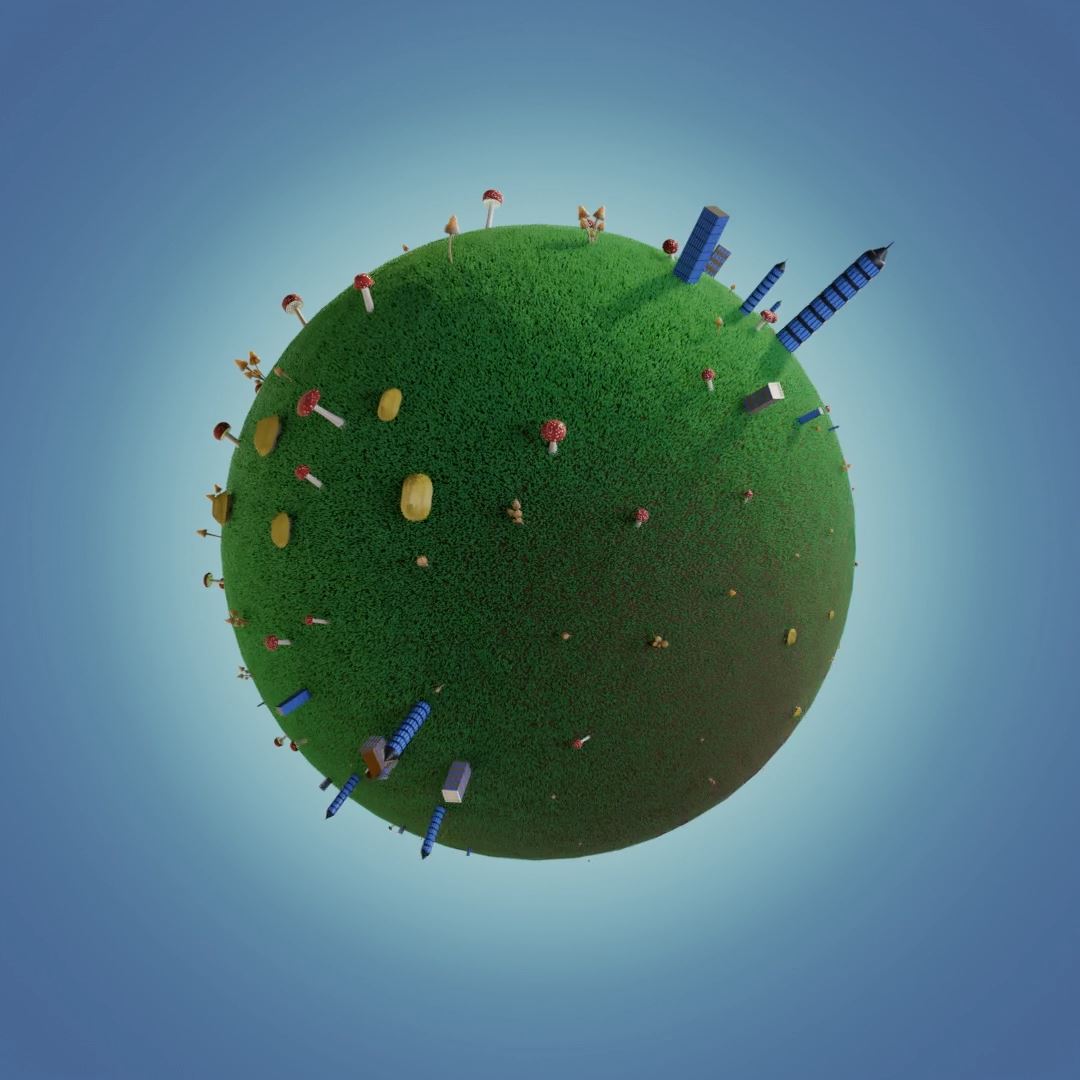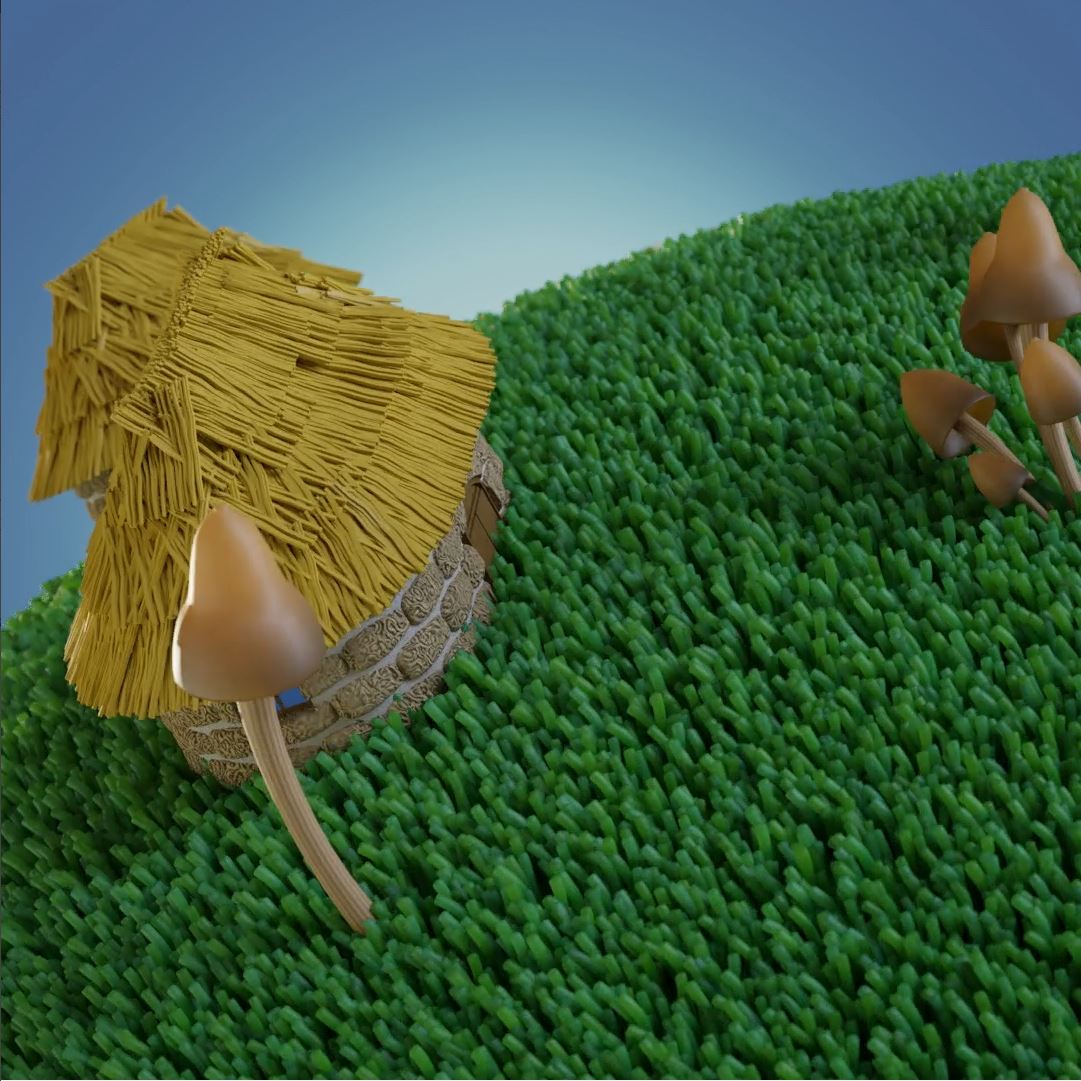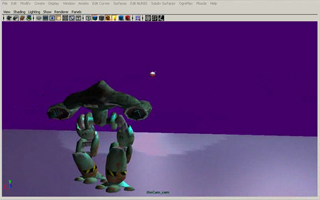Two of the biggest challenges in creating watch animations are that most likely if you get to animate a watch it means it doesn’t exist yet. So you got to cobble together the look of the real material in that particular shape and finish. The other challenge is the that most watches are only visible because they reflect their environment. Now to do that for still shots is somewhat easier than animations because, even in real life, reflections on such a small object can become erratic and you end up animating the environment which can make the 3D scene somewhat complex.
Here’s the three 3D animation we made as freelancers for MDI Production in Neuchatel/Switzerland in collaboration with two freelancer animators from France, Geoffrey Dupuy (Storyboards, 3D animation) and Nicolas Parreira (3D animation, Expression setup, materials, rendering). The AfterEffects work was done by Mathias Schmid who was in his last weeks of his apprenticeship as a media designer at MDI.
I was supervised the project for Franco. COnverted and prepared all the models from CAD to Maya. My main focus was on animating, texturing, lighting the Porsche Design Worldtimer and i was responsible for rendering all the animations on the 30 CPU render farm. I basically slept next to 8 PC’s setting the alarm clock every 2 hours. Yes, it was hot and noisy.
Watch Animation – 2007 – Porsche Design "WorldTimer" from Alex Furer on Vimeo.
Watch Animation – 2007 – Eterna "Vaughan Big Date" from Alex Furer on Vimeo.
Watch Animation – 2007 – Eterna "Vision" from Alex Furer on Vimeo.




